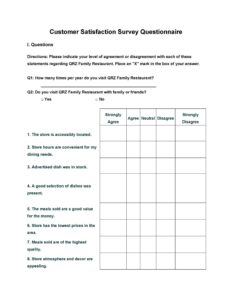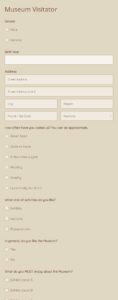In the realm of project management, the requirements document stands as a cornerstone, guiding the path to successful project outcomes. It serves as a roadmap, clearly defining the needs and expectations of stakeholders, ensuring alignment and minimizing the risk of costly rework.
Crafting a robust requirements document is an art form, demanding meticulous attention to detail and a keen understanding of the project’s scope and objectives. To assist you in this endeavor, we present a comprehensive template that will empower you to create a document that meets the highest standards.
Delving into the Essential Sections
A well-structured template for requirements document typically encompasses the following sections:
Introduction: This opening section establishes the purpose, scope, and intended audience of the document. It provides an overview of the project and its objectives, setting the context for the requirements that follow.
Stakeholder Analysis: Here, you identify and analyze the stakeholders involved in the project. Understanding their roles, interests, and concerns is crucial for gathering and prioritizing requirements that align with their expectations.
Functional Requirements: This section describes the specific tasks and functions that the project must deliver. It outlines the user interface, data flow, and business processes involved, ensuring that the end product meets the intended purpose.
Non-Functional Requirements: These encompass the more qualitative aspects of the project, such as performance, security, reliability, and usability. They define the desired attributes of the system, ensuring it meets the necessary standards and levels of quality.
Additional Key Considerations
Beyond the core sections, the following elements further enhance the effectiveness of a template for requirements document:
Requirement Traceability: Establish a clear link between requirements and their source, whether they stem from stakeholders’ input, market research, or other sources. This traceability facilitates change management and ensures accountability.
Prioritization and Dependency Mapping: Determine the relative importance of each requirement and establish any dependencies between them. This enables a phased approach to development and clarifies the order in which requirements should be addressed.
Review and Validation: Incorporate a process for ongoing review and validation of the requirements document. This involves engaging stakeholders to gather feedback and ensure that the document accurately reflects their needs.
Change Management: As projects evolve, requirements may inevitably change. The template should include a structured process for managing these changes, preserving document integrity while adapting to project developments.
Version Control: Implement a version control system to track changes made to the requirements document. This provides a historical record and facilitates collaboration among project team members.
Conclusion
By adopting a well-crafted template for requirements document, you gain a powerful tool to define and communicate project requirements effectively. It serves as a single source of truth, guiding the project team towards a shared understanding of the project’s objectives and ensuring that the final product aligns with stakeholder expectations. Embrace this template as a blueprint for success, enabling you to navigate the complexities of project management with confidence and deliver exceptional outcomes.
Remember, a robust requirements document is not a mere collection of statements; it is a living, evolving document that drives project success. Embrace a mindset of continuous improvement, regularly reviewing and updating the document to reflect the dynamic nature of project requirements. With this approach, you empower yourself and your team to deliver projects that exceed expectations and achieve lasting value.


